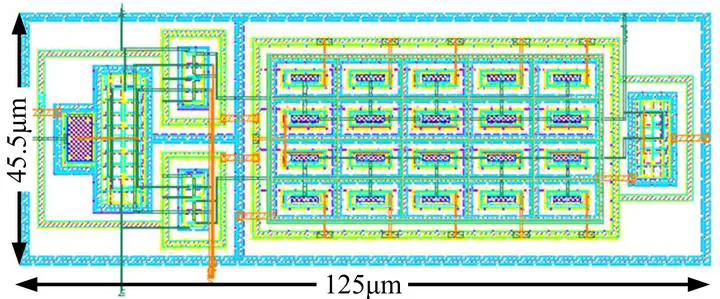A 0.816 nW 12.3 pS Tunable Low-Gm Transconductor for Bio-electrical Signal Acquisition

Abstract
A transconductance amplifier with low-Gm is indispensable for applications that acquire low-frequency bioelectric signals. This paper proposes a subthreshold bootstrapped low-Gm transconductor based on body-input. The input topology of the transconductor consists of two transistors with body inputs and a source degeneration resistor. The outputs of the two transistors are connected to the resistor to bootstrap the voltages at these terminals and increase the equivalent resistance. An area-efficient serial-parallel current division network is further adopted to reduce the Gm of the transconductor. Meanwhile, programming the bias voltage can tune the G m value. The circuit is designed using a standard 0.18 μm CMOS process. Simulations verify the characteristics of the proposed transconductor. The post-layout simulation results show that the transconductor’s Gm value is tunable within a range of a few hundred pS. The minimum achievable Gm is 12.3 pS, and the linear input range is ±150 mV. The input referred noise power spectral density (PSD) of the transconductor is 13.7 μV/√Hz. It consumes 0.816 nW of power with 0.8 V supply voltage and occupies an area of 0.0057 mm^2.